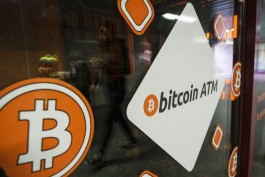The dollar rose on Monday, supported by higher Treasury yields as bets on a Federal Reserve rate hike jumped after recent data showed continued strength in the labor market and easing pressures on the banking system.
Against the same background, gold prices declined by about 1% today, in light of fears of the return of the Fed's tightening. Oil prices were also affected by the continued monetary tightening, which could lead the economy into recession, which means a decrease in global demand for oil.
The dollar index, which tracks the greenback against a basket of six major currencies, rose 0.52% to 102.26.
About 72% of traders expect the Fed to raise rates on May 3, up from 55% according to Investing.com's Fed Interest Tracker, after the US economy added 236,000 jobs in March and unemployment fell unexpectedly to 3.5%.
Overall, employment data shows that inflation pressure remains very steady, Jefferies said in a recent note. She added: There is evidence that the decline is accumulating in some parts of the economy, but the overall picture is stable.
Treasury yields rose due to the hawkish repricing of the Fed's interest rate hike, with the US 2-year Treasury yield holding steady at the 4% mark, sending the dollar higher.
Signs of easing pressures in the banking sector have also helped support hawkish bets on raising interest rates again at a time when many are betting that tightening credit conditions will help curb economic growth and inflation.
Overall, data on money market money flows, Fed lending, and banks' balance sheets are showing tentative signs of stabilizing relative to the past few weeks, but certainly haven't provided all clarity yet, Goldman Sachs (NYSE:GS) said in a note.
Despite Monday's strength, the dollar remains range bound, technical strategists say. However, a move above 103 would probably support more gains.
Returning above 103 on the dollar will be bullish for a further rise towards the 106-107 area for greater resistance...but the currency remains closed within somewhat narrow limits (100-106 +) as we enter the new week before earnings, according to Janie Montgomery Scott in a note









































